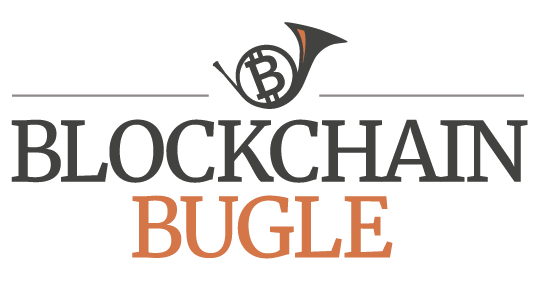European Securities and Markets Authority Urges Caution With Blockchain Tech

Distributed ledger technology (DLT) and blockchains have caught the attention of many sectors, particularly the finance industry, due to their potential to improve monetary processes and reduce costs. And yet, while an increasing number of industries are undertaking various experiments to understand the benefits that DLT can provide, a new report from the European Securities and Markets Authority (ESMA) has warned that new regulations for blockchain technology would be “premature” at this stage of its development.
This new report comes after ESMA issued a discussion paper titled “The Distributed Ledger Technology Applied to Securities Markets” last June for a public consultation on blockchain technology.
However, while the future of regulations surrounding the technology has been left open, the securities regulator is taking a cautionary approach to the technology in the new report, under the same title.
“At this stage, ESMA believes that it is premature to fully appreciate the changes that the technology could bring and the regulatory response that may be needed, given that the technology is still evolving and practical applications are limited both in number and scope,” ESMA said.
In 2013, the regulator first began considering digital currencies, and in 2015, it started to ascertain whether blockchain technology could enter the financial sector.
However, while ESMA is keen to understand the benefits and risks that blockchain technology may bring to the securities markets and how it maps to existing EU regulation, the regulator notes that any large-scale use of DLT first needs to overcome several challenges before the benefits it could bring can materialize. These challenges include interoperability and the use of common standards, access to central bank money, governance and privacy issues, and scalability.
The report states that as DLT is still at an early stage of its development, it remains unclear if the technology will overcome any of these challenges.
Yet, despite the trials facing the technology, ESMA believes that the likely first targets of DLT will focus on enhancing processes under the current market structure. It also thinks that early applications will pay attention to less automated processes in low-volume market segments that have minimum dependency on the existing legal framework.
Of course, ESMA’s role is to ensure that the regulatory framework provides relevant safeguards to investor protection, financial stability and orderly markets. It’s keen, therefore, to maintain that those in support of the technology and those developing it should be aware of existing rules when designing blockchain solutions.
“The presence of DLT does not liberate users from complying with the existing regulatory framework, which provides important safeguards for the well-functioning of financial markets,” ESMA said. “Beyond pure financial regulation, broader legal issues, such as corporate law, contract law, insolvency law or competition law, may impact on the deployment of DLT.”
Despite the growth of blockchain technology and the potential redundant processes that the technology may produce, the EU regulatory body doesn’t believe that financial market infrastructures such as central securities depositories (CSDs) or central counterparties (CCPs) will cease to exist anytime soon.
It did indicate, however, that it may move to create a regulatory framework in the future, asking for active engagement from regulators and coordination at the EU and international levels to work toward addressing the challenges the technology faces.
“ESMA will continue to monitor market developments around DLT to assess whether a regulatory response may be needed.”


